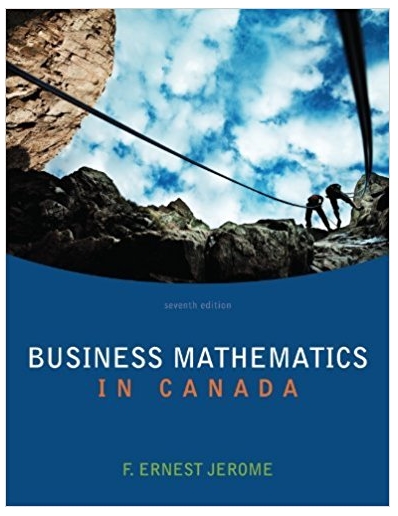Each of the bond issues has a sinking fund requirement for retiring the entire principal amount of
Question:
a. The size of the sinking fund payment at the end of every six months.
b. The annual cost of the debt.
c. The book value of the debt at the end of the indicated interval. (Round the sinking fund payment to the nearest dollar before calculating the book value.)
.png)
Maturity is the date on which the life of a transaction or financial instrument ends, after which it must either be renewed, or it will cease to exist. The term is commonly used for deposits, foreign exchange spot, and forward transactions, interest...
Fantastic news! We've Found the answer you've been seeking!
Step by Step Answer:
Related Book For 

Question Posted:





